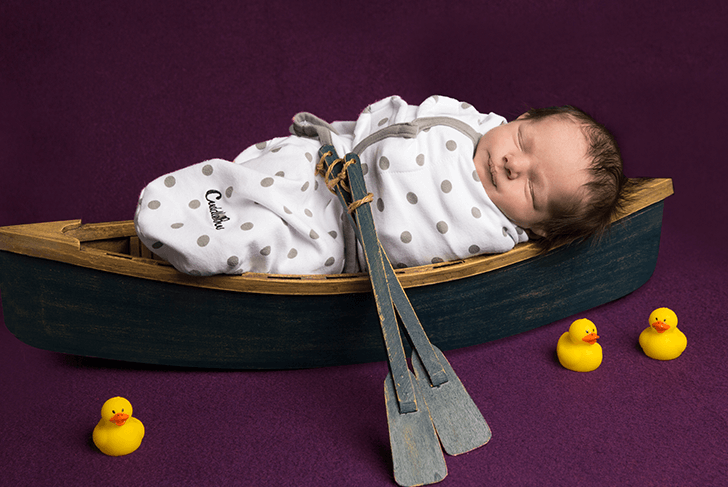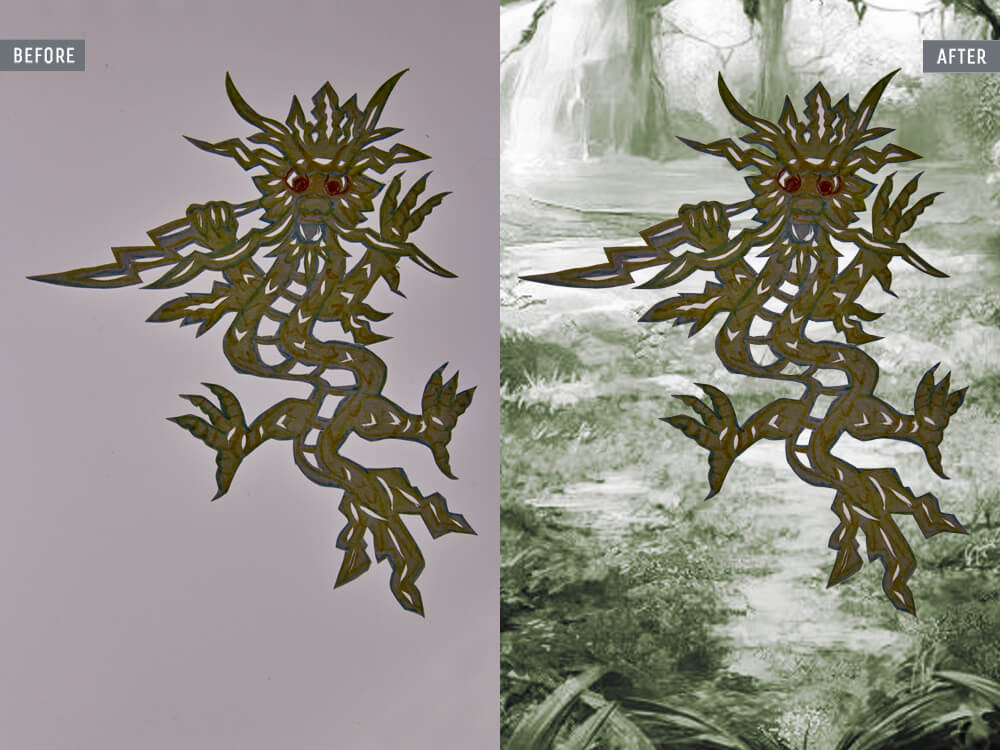How to Achieve the Perfect Skin Tone in Newborn Photography: Retouching Tips

Strong8k brings an ultra-HD IPTV experience to your living room and your pocket.
Capturing the beauty and innocence of a newborn baby in photography is an art form that requires a delicate touch, particularly when it comes to skin tone. Newborn baby skin is soft, smooth, and often features a natural flush that photographers strive to preserve in their final images. However, in many cases, the lighting, exposure, and other environmental factors can cause skin tones to appear less than perfect. This is where newborn baby photo retouching services come into play, offering a professional way to enhance and correct the skin tone to create timeless, beautiful images.
If you're a photographer or a parent wanting to achieve the perfect skin tone in your newborn photos, it's essential to understand the subtleties of photo retouching. Here’s how you can achieve the flawless skin tones your newborn photos deserve:
1. Start with the Right Lighting
Lighting is the foundation of any great photograph, and it’s especially important when photographing newborns. Proper lighting can highlight the baby's delicate skin tones without causing harsh shadows or unnatural highlights.
Natural light is often the best option for newborn photography, as it provides a soft, warm glow that is flattering to baby skin. Soft, diffused light from a window will help you avoid the sharp contrast and unflattering shadows that can be created by artificial lighting. If you're using artificial lighting, consider using softboxes or umbrellas to diffuse the light and create a natural look.
Before you even think about retouching, start with the right setup. Aim to photograph your newborn in a calm, relaxed environment with plenty of gentle, even light.
2. Capture the Natural Beauty of Newborn Skin
Newborns have soft, delicate skin that is prone to imperfections like redness, dry patches, and even baby acne. While these imperfections are completely normal and part of the newborn experience, they might not always translate well in photos. However, the key is to capture the skin in its most natural state, imperfections and all.
When you’re photographing, avoid overcompensating with heavy filters or artificial enhancements. Instead, focus on capturing the baby’s features authentically. A good quality camera and lens will help you take sharp, clear images with rich color, making it easier to retouch afterward.
3. Use Proper White Balance Settings
White balance is crucial for achieving accurate skin tones. If your white balance is off, the colors in the photo can appear too warm or too cool, affecting the natural appearance of your baby’s skin. In newborn photography, it's essential to set the correct white balance to ensure the skin tone is true to life.
Most cameras allow you to adjust the white balance settings manually. Set the white balance according to the light source, or use the camera's automatic white balance if you're unsure. You can also tweak it in post-processing, but it's best to get it as close to accurate as possible during shooting.
4. Understand the Role of Retouching in Skin Tone Perfection
Once you’ve taken your newborn photos, retouching plays a crucial role in perfecting the skin tone. While it's essential to preserve the authenticity of the baby’s natural features, a bit of retouching can enhance the image and remove distractions such as redness, blemishes, or uneven skin tones.
When retouching, start by adjusting the overall exposure of the image. You don’t want the photo to be too dark or too light, as this can make the skin appear unnatural. Proper exposure ensures that the natural flush and tone of the baby’s skin are visible and balanced.
5. Correcting Redness and Color Casts
One of the most common challenges in newborn photography is the presence of red or orange undertones in the skin. This can be caused by various factors, including the lighting, the baby’s position, or even the room’s temperature. While a touch of redness is natural for newborns, it can sometimes be too pronounced in photos.
When editing the skin tones, use the “Selective Color” tool in Photoshop or Lightroom to target the reds and orange tones in the image. You can decrease the saturation of these colors to balance out the skin tone. Additionally, use the “Hue/Saturation” adjustment layers to ensure that the overall skin tone is more neutral, without making the image look overly processed.
Another tip is to adjust the tint of the photo using the “Temperature” tool. If the skin tone is too warm (yellow or orange), a slight adjustment toward the cooler side can bring balance to the image.
6. Smooth Out the Skin While Maintaining Texture
When working with newborn skin, it’s important not to over-smooth or airbrush the skin. Over-retouching can lead to an unnatural appearance, where the baby’s skin loses its natural texture. The goal of newborn baby photo retouching services is to enhance the skin without stripping it of its authenticity.
Use the “Healing Brush” or “Spot Healing Brush” tool in Photoshop to gently remove any blemishes, dry patches, or minor imperfections. These tools allow you to correct skin imperfections while maintaining the soft texture of the baby’s skin.
For smooth skin without the loss of texture, use frequency separation techniques, which separate the color and texture layers of the skin for more subtle retouching. This technique can help smooth out the skin while preserving its natural look.
7. Avoid Over-Editing
When it comes to newborn photo retouching, less is often more. The goal is not to make the baby look like an adult or to create an image that’s so heavily edited that it loses its authenticity. The baby’s natural features, such as their rosy cheeks, soft skin, and tiny imperfections, should still be visible.
Over-editing can lead to a lifeless or unrealistic appearance. Keep the retouching subtle and aim to enhance, not drastically alter, the baby’s skin. This ensures that the final image is both professional and heartwarming, capturing the innocence and beauty of the newborn.
8. Consider Professional Newborn Baby Photo Retouching Services
While basic photo retouching techniques can be performed with beginner-level software, achieving a truly polished and professional look often requires expert knowledge and skill. If you find yourself struggling with the perfect skin tone or want to ensure your photos meet the highest standards, consider utilizing newborn baby photo retouching services.
Professional photo editors specialize in newborn images and can correct skin tones with precision while maintaining the delicate and natural appearance of the baby. These services can save you time, reduce frustration, and elevate the quality of your final photos.
Conclusion
Achieving the perfect skin tone in newborn photography requires a careful balance of lighting, shooting techniques, and photo retouching skills. From using natural light and accurate white balance settings to subtle retouching and professional editing, there are many ways to enhance the beauty of your newborn photos. By following these tips and considering the assistance of newborn baby photo retouching services, you can create stunning, lifelike images that showcase the innocence and warmth of your newborn.
Note: IndiBlogHub features both user-submitted and editorial content. We do not verify third-party contributions. Read our Disclaimer and Privacy Policyfor details.







